When working out, lasting weight loss often involves reworking the body’s physiology and metabolic processes. Successful weight loss happens when the body strikes a healthy balance between what it stores and burns.
An active lifestyle increases the rate at which the body burns through fats and carbohydrates. We can also improve our metabolism by adjusting what, when, and how much we eat. This translates into healthy eating patterns that touch on the foods you eat, the timing of your meals, and the size of your portions. Toward this goal, let’s explore the role of fruits in weight loss.
How Fruits Help With Weight Loss
The versatility of fruit makes it a central pillar in almost every healthy diet plan for several reasons:
- You can use fruit as a healthy way to satisfy a sweet craving and as an alternative to high-calorie snacks.
- Whole fruits are pretty filling, thanks to their high fiber and water content.
- Certain nutrients in fruits boost the body’s ability to regulate blood glucose and burn fat.
- Many fruits have a low glycemic index (GI), which means that you can eat fruit without experiencing a spike in blood glucose levels.
- Adding fruit to cereal, pastries, and yogurt allows you to use less sugar in these foods
- Fruits like avocado go nicely with meals and salads, and adding them to meals can allow you to eat smaller amounts of carbs.
The following sections give us a closer look at how different nutrients in fruit support weight loss.
How Different Nutrients In Fruit Can Support Weight Loss
Different kinds of fruit have different combinations of sugar, minerals, vitamins, antioxidants, water and fiber. Some fruits take it further by having healthy fats in their nutrient profiles. Here’s a short explainer of what the most common nutrients can do for you:
Vitamin A
Vitamin A may be a key component in energy production in individual cells. This theory is backed by a study examining vitamin A’s role in converting glucose into energy within the cell. The study finds that the cells of test subjects with higher vitamin A levels metabolized glucose at a higher rate. A second study found that adding vitamin A to the diets of obese rats helped to regulate the blood glucose of the same rats.
Vitamin A is also essential for the metabolism of fats and protein in the liver and other body organs.
Vitamin C
Adding a healthy dose of vitamin C to your meals and snacks makes your diet plan even more effective. Vitamin C allows the body to oxidize (read burn) fat faster as you exercise. It gets better because the immunity-boosting powers of vitamin C will keep you healthy enough to keep showing up to your workout sessions.
Polyphenols
These are potent antioxidants with multiple health benefits, including regulating blood sugar. Tea, dark chocolate, red wine, and most berries are rich in polyphenols. Select vitamins and polyphenols work together to regulate your blood sugar, which prevents sugar spikes after eating.
A fiber-rich diet goes a long way in maintaining a healthy digestive tract. Meals rich in fiber are also filling and often take away the urge to nibble on an unhealthy snack.
You will find that most fruits contain every nutrient we discuss on this list. Fruits also have beneficial minerals that help with your general health. We can see different nutrients in action while reviewing a list of common, readily available fruits.
1) Oranges
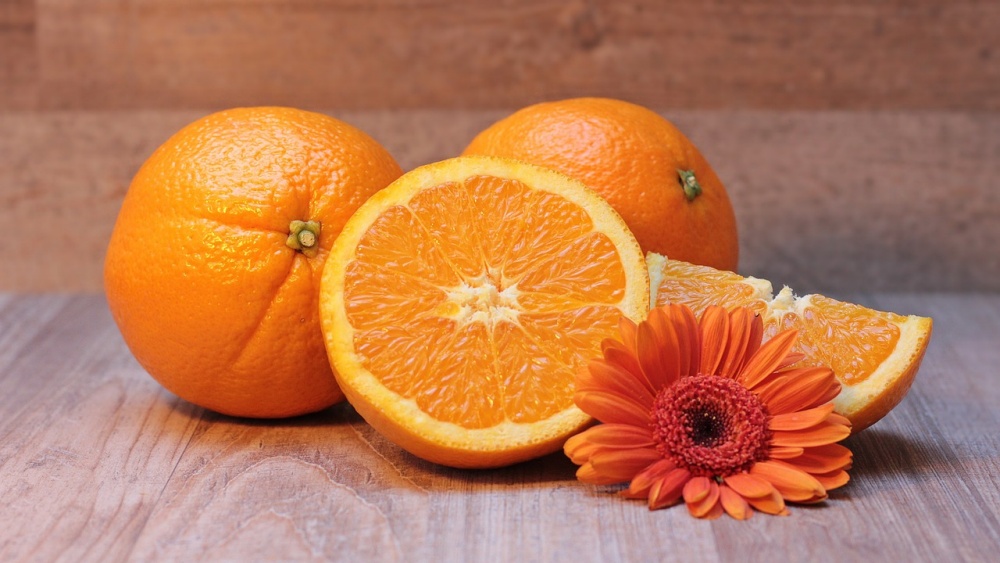
Citrus fruits like oranges have fiber, vitamins, antioxidants, and water. At the same time, oranges have few calories and a low glycemic index. A low GI means that you can eat oranges without experiencing a spike in blood glucose levels.
Grab an orange when you need an energy boost that will hydrate you. Your taste buds will also appreciate each orange slice’s sweet and tart blend. Oranges supply the body with vitamin A, vitamin C, and polyphenols. The three nutrients go a long way to keep your metabolism working as it should.
2) Grapefruit
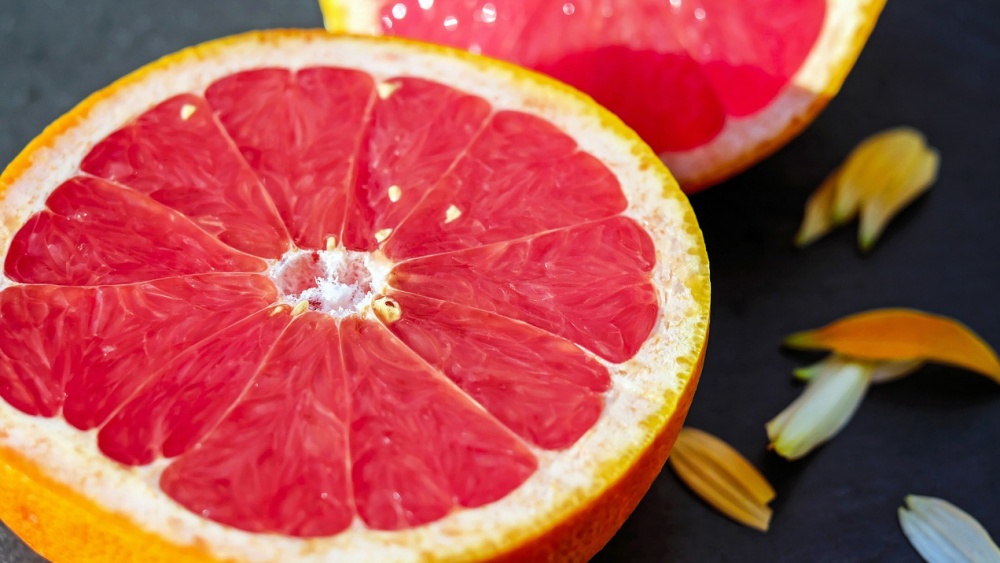
This fruit is a cross between an orange and a pomelo, so it has plenty to offer. Grapefruit is rich in vitamins A and C, which enhance your cells’ ability to burn energy. At the same time, grapefruit has enough fiber to keep you full. Combined, the nutrients in grapefruit encourage your body to burn energy while reducing the urge to grab a snack you don’t need.
3) Lemon

It’s rare to see someone munching on a lemon slice unless salt and tequila are involved. Instead, we use lemon as an additive that makes things more interesting. Squeeze a little lemon juice into your water to enjoy a more exciting drink. The vitamin C in the lemon will boost your immunity and stimulate the cells to burn more calories. Antioxidants in lemons also do more than their fair share to remove toxins from your system.
Best of all, a bit of lemon juice in your water bottle will encourage you to form a habit where you drink water instead of sugary drinks. Lemon juice also goes great with vegetable salads, certain meats, and countless other foods.
4) Banana
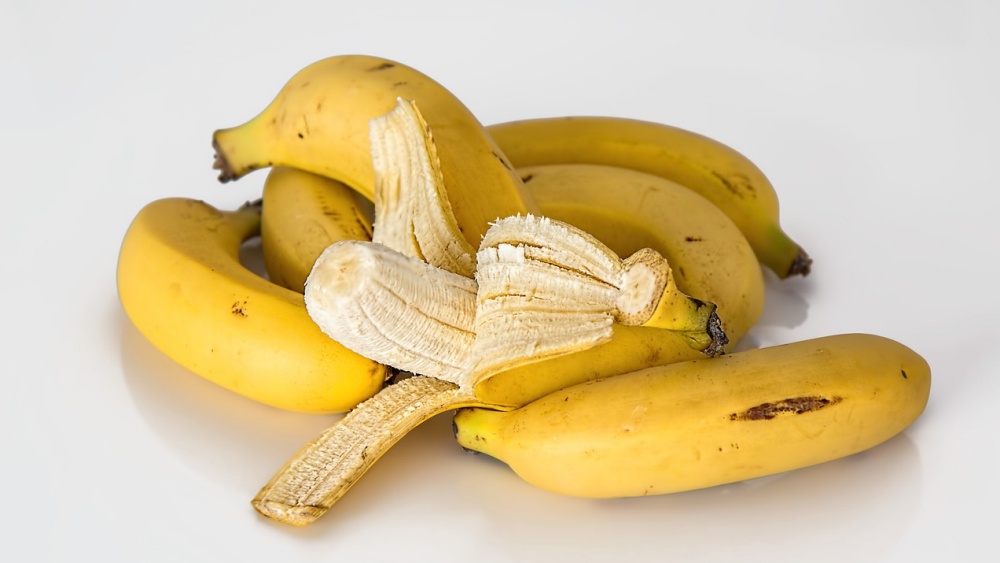
Few fruits offer the on-the-go convenience of the banana. Nature wraps the banana in its packaging that peels off with minimal effort. This allows you to carry the fruit if you need to snack during a busy day.
Bananas are a good source of energy, vitamin A, and vitamin C. They also have potassium, which is good for the heart and nervous system. Best of all, the fiber content of bananas makes them filling, and they will reduce the urge to snack.
5) Watermelon
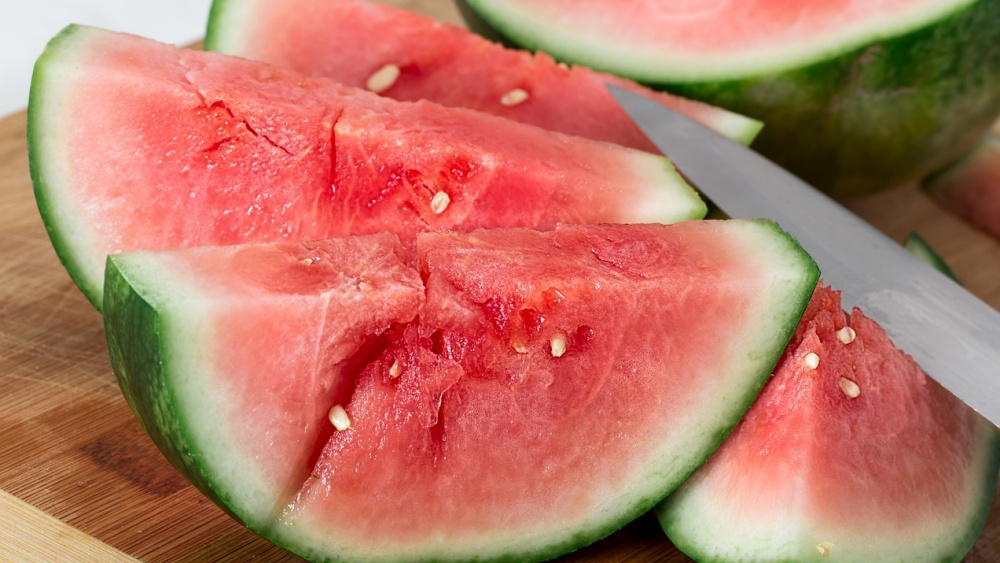
The high water content of a watermelon will hydrate and satiate you at the same time. As a bonus, watermelon reduces your appetite while introducing minimal calories. You also get to benefit from the vitamins in melons.
6) Stone fruits
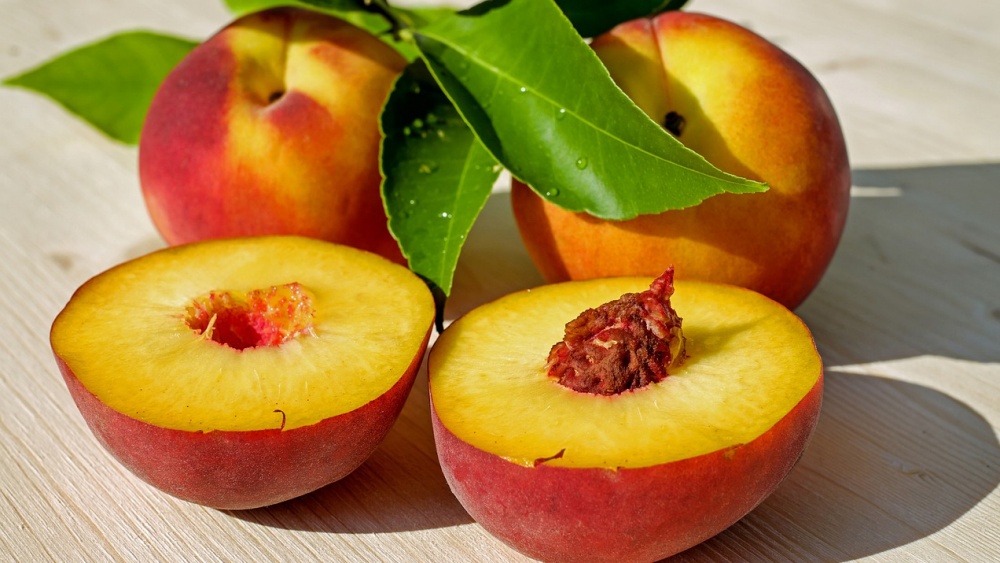
This is an umbrella term that includes fleshy fruits with a seed at the center. These fruits include plums, peaches, apricots, and nectarines.
Stone fruits are often seasonal, but they’re a great source of fiber when you can find them. They are filling, so they will keep you from reaching for that pack of potato chips. The best part is that grilling peaches and apricots can add an extra layer of flavor to grilled meats.
7) Apples And Pears
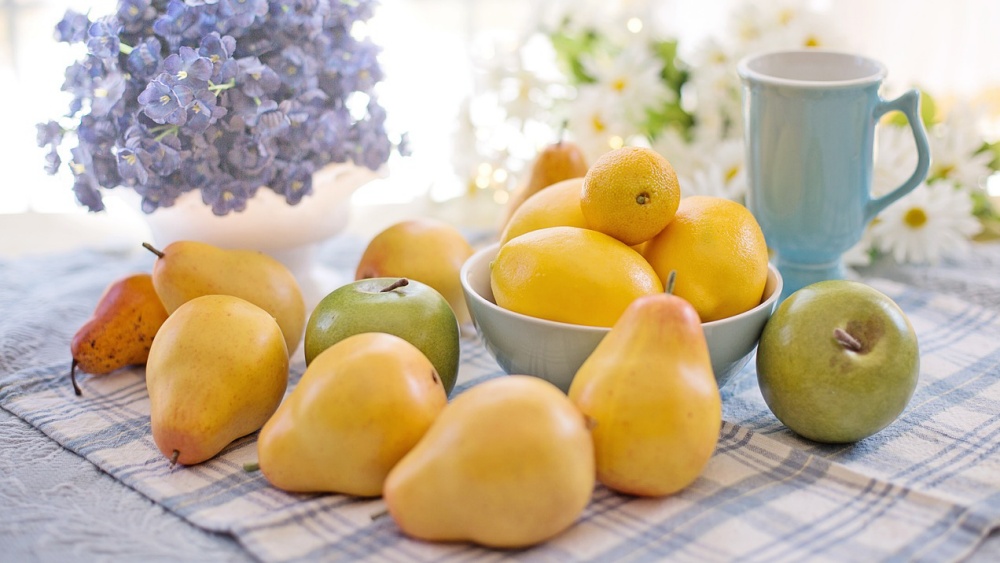
These crunchy, juicy fruits will hydrate you, fill your stomach, and reduce hunger and cravings. At the same time, these low-calorie fruits deliver beneficial nutrients without spiking your blood sugar.
Apples and pears are rich in vitamins A and C, which are good for metabolism. They also pack an impressive selection of minerals like phosphorus, potassium, and calcium.
8) Berries
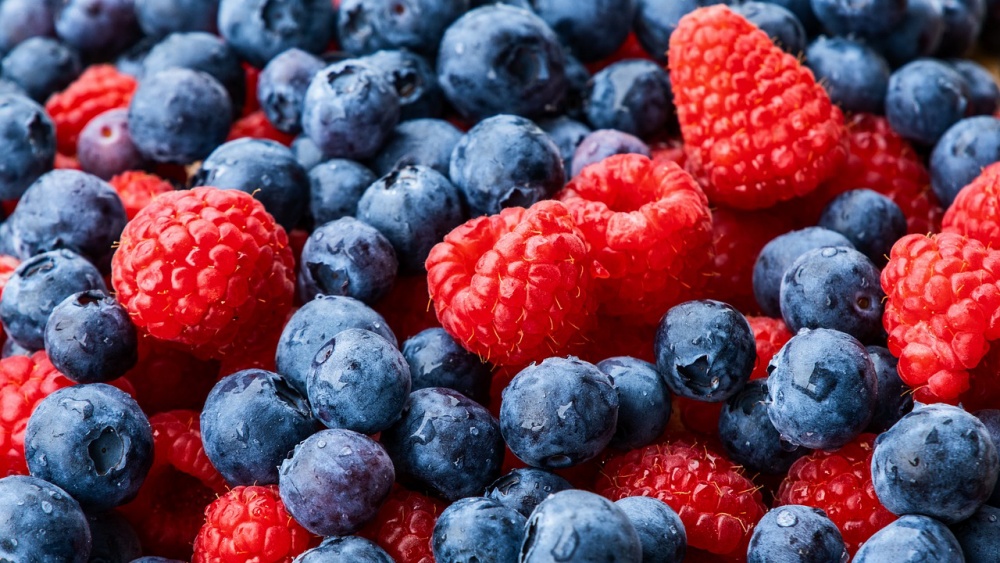
Team sweet tooth should make friends with berries of every kind. Not only do berries satisfy a sugar craving, but they are also rich in vitamins, minerals, and antioxidants. At the same time, berries are generally low in calories and rich in fiber. This means that eating berries reduces appetite and cravings without triggering a sudden spike in blood sugar.
The most common berries are raspberries, blueberries, and strawberries. The availability of these fruits depends on your location and the time of year.
9) Avocado
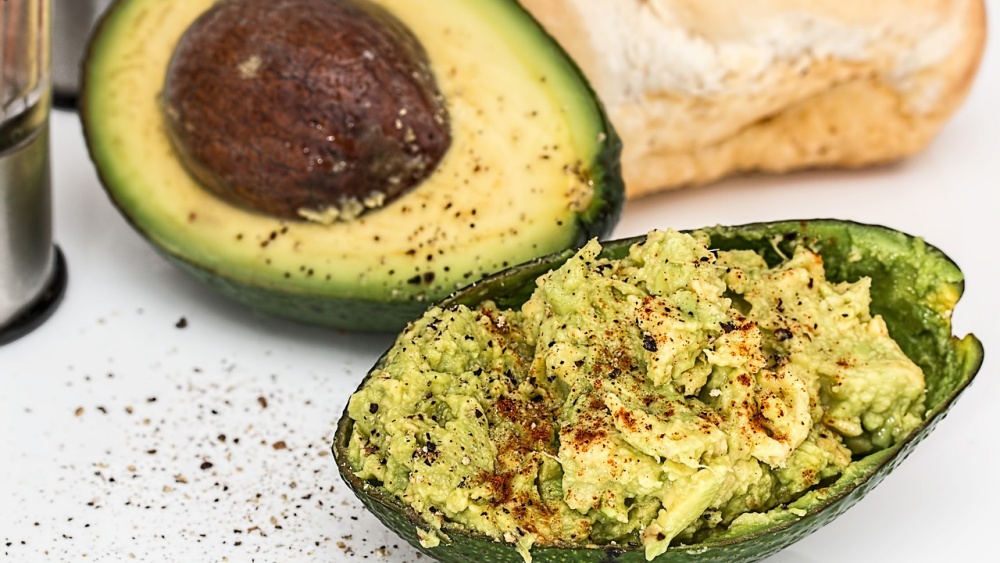
Avocados are rich in beneficial fats and make excellent companions for other meals. A slice of avocado alongside your meal makes it possible to eat a smaller portion. Adding a slice of avocado to a meal or snack will also keep you fuller for longer.
10) Mangoes
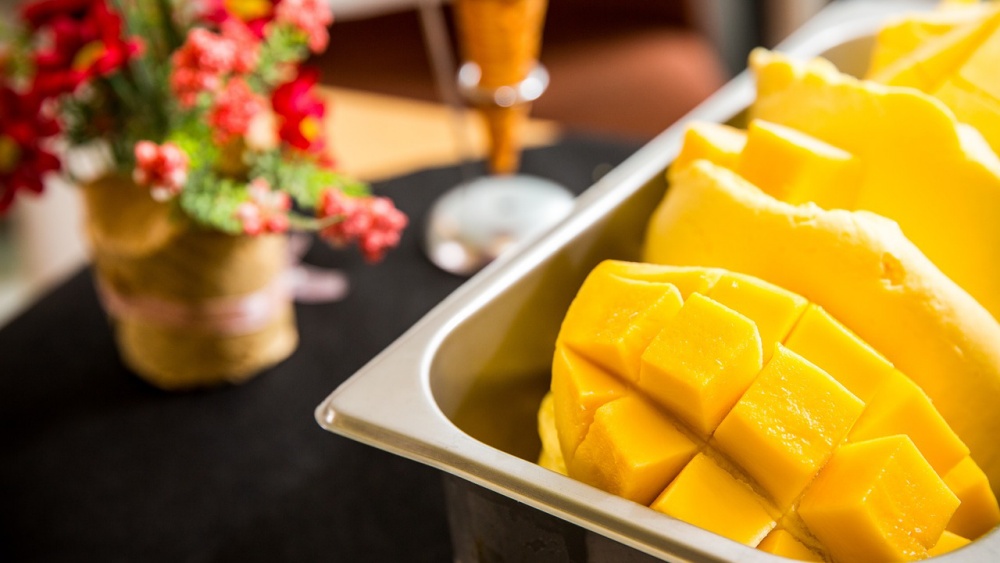
The mango qualifies as a stone fruit but deserves a special mention. Like the avocado (another stone fruit), mangoes can be as filling as a hearty meal.
Mangoes are rich in vitamins A and C, which help with cell metabolism. They also have plenty of fiber, which makes them incredibly filling. Best of all, mangoes do plenty to regulate and stabilize your blood sugar. All these benefits can only help with your weight loss goals.
11) Kiwi
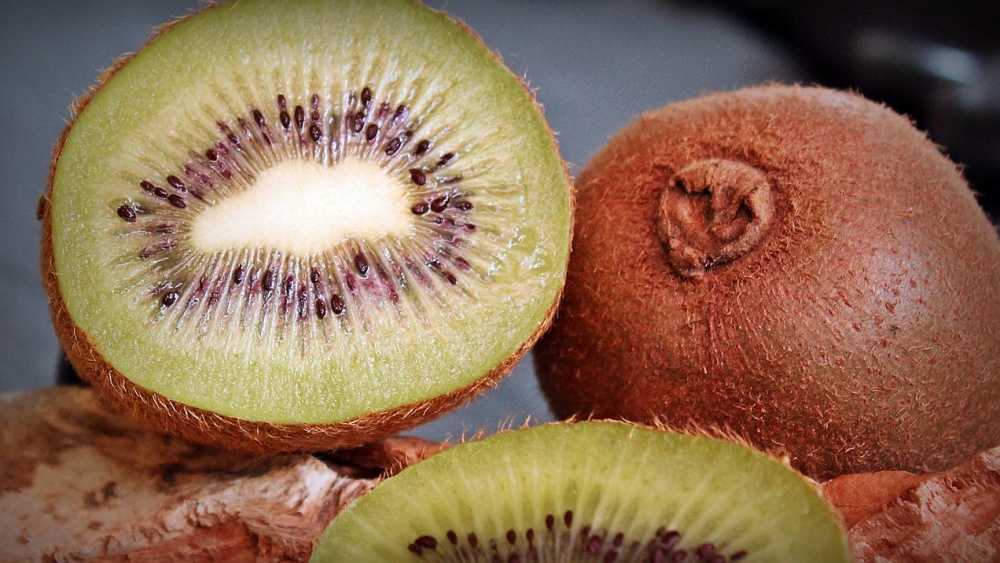
A mix of sweetness and tartness makes kiwi fruit one of the most delicious snacks. At the same time, kiwis are low in calories, with a low glycemic index. Kiwis are a great source of antioxidants, vitamin E, and vitamin C. The fuzzy, edible peel of kiwi fruit is also an excellent source of fiber.
12) Pineapple
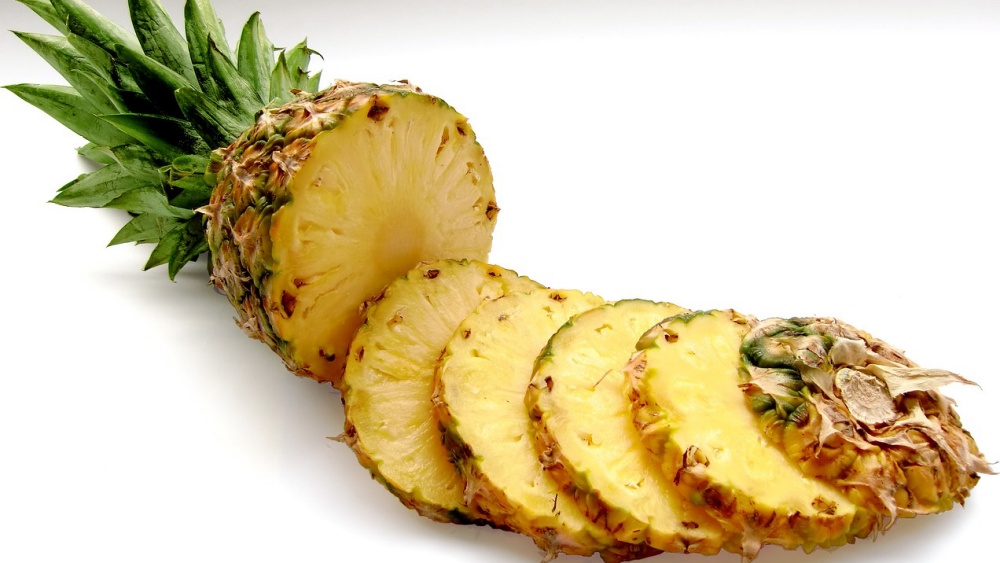
Pineapple is sweet, juicy, tart, and generally fun to eat. The fruit is also filling, thanks to its high fiber and water content. Best of all, pineapple has a nutrient profile that improves the body’s physiology.
In addition to vitamins A and C, pineapple provides bromelain, an enzyme that breaks down protein. The same enzyme helps tissue repair, which is essential from a fitness perspective.
An enzyme that stimulates muscle repair is helpful for the person who wants to build muscle. Athletes and fitness fans who experience occasional injuries can also benefit from bromelain’s healing and anti-inflammatory properties.
How To Eat Fruits: Go For Whole Fruits Whenever You Can
Whole fruits are better alternatives compared to dried fruits because they have less sugar and more water. This make whole fruits more valuable in the average weight loss diet plan. Fruit in its most natural form is also a better alternative to the canned fruit in sugary syrup. Whole fruits are also more nutritious and filling than most brands of fruit juice at the supermarket.
However, canned, dried, or juiced fruit is much better than candy and fizzy drinks. If you must rely on canned or frozen fruit, look for brands without sugary syrup.
How To Work Fruit Into A Weight Loss Diet: Go For Variety, Go For What’s Available, Go For What’s In Season
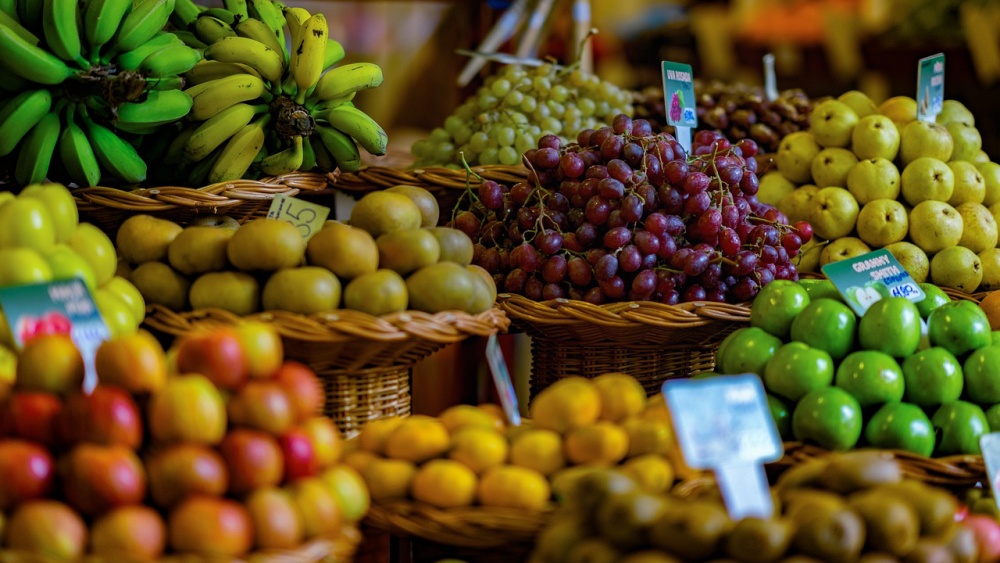
The easiest way to get fruit into your diet is to start with locally available varieties. This approach has worked since the dawn of time, and it still works today. From there, you can branch out to whatever you can find while grocery shopping. You should be able to find a selection of fruits that will keep your diet plan interesting.
How To Work Fruit Into A Weight Loss Diet: Combine Them With Other Healthy Foods
You can turn any fruit into a hearty, filling snack by pairing it with yogurt or nuts. You could add tangy fruits to a slaw or a vegetable salad. Meat lovers can also use fruits like figs, peaches, and lemons to add flavor to meat dishes. Make it a habit to add at least one fruit to each meal, and you’ll be healthier for it.
Fruit Is The Swiss Army Knife Of Healthy Food
A piece of fruit will come in handy during a busy, chaotic day. Another type of fruit will become the perfect accompaniment to a big meal. However you choose to eat them, fruits can only help with your fitness goals. Lean on them when you need healthy alternatives to processed foods and snacks.
You may also like:
The Salt Saga 3: Implementing A Low-Sodium Diet For Martial Artists
















